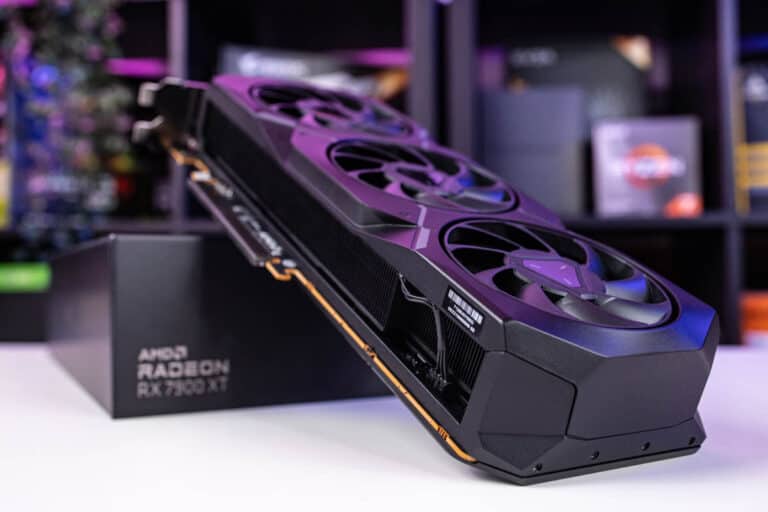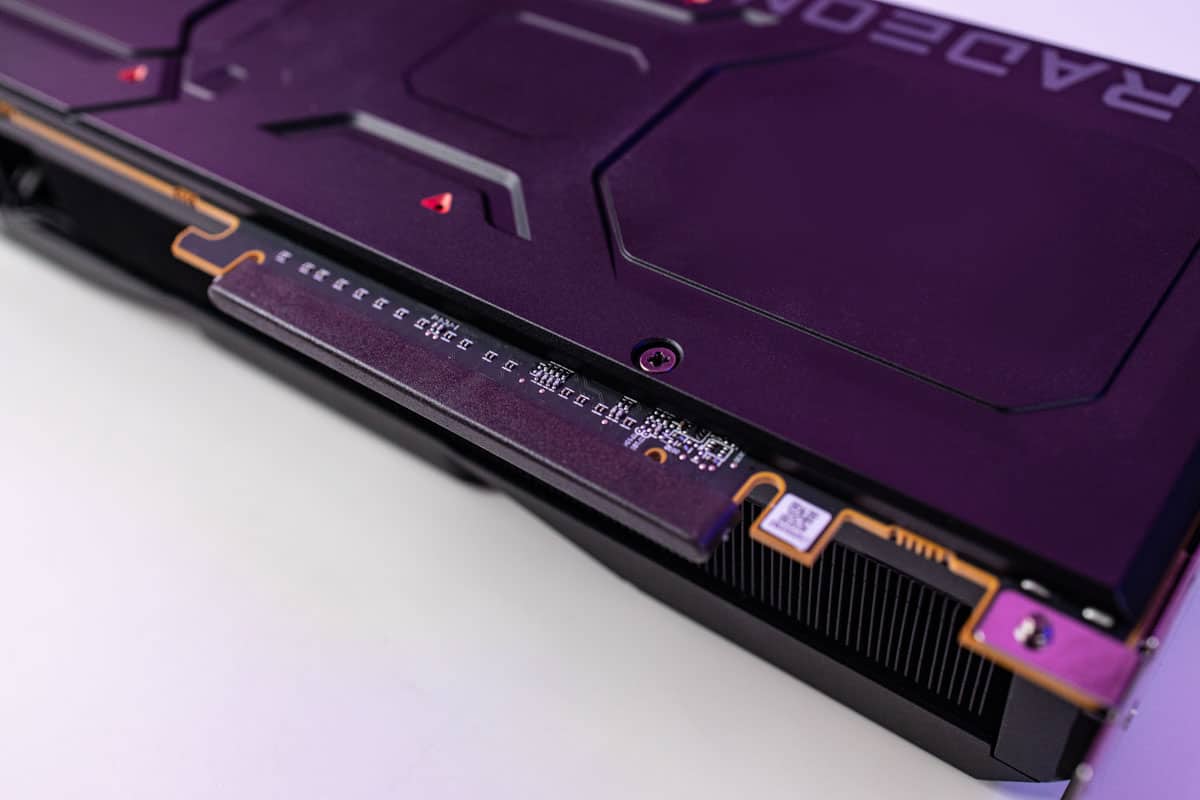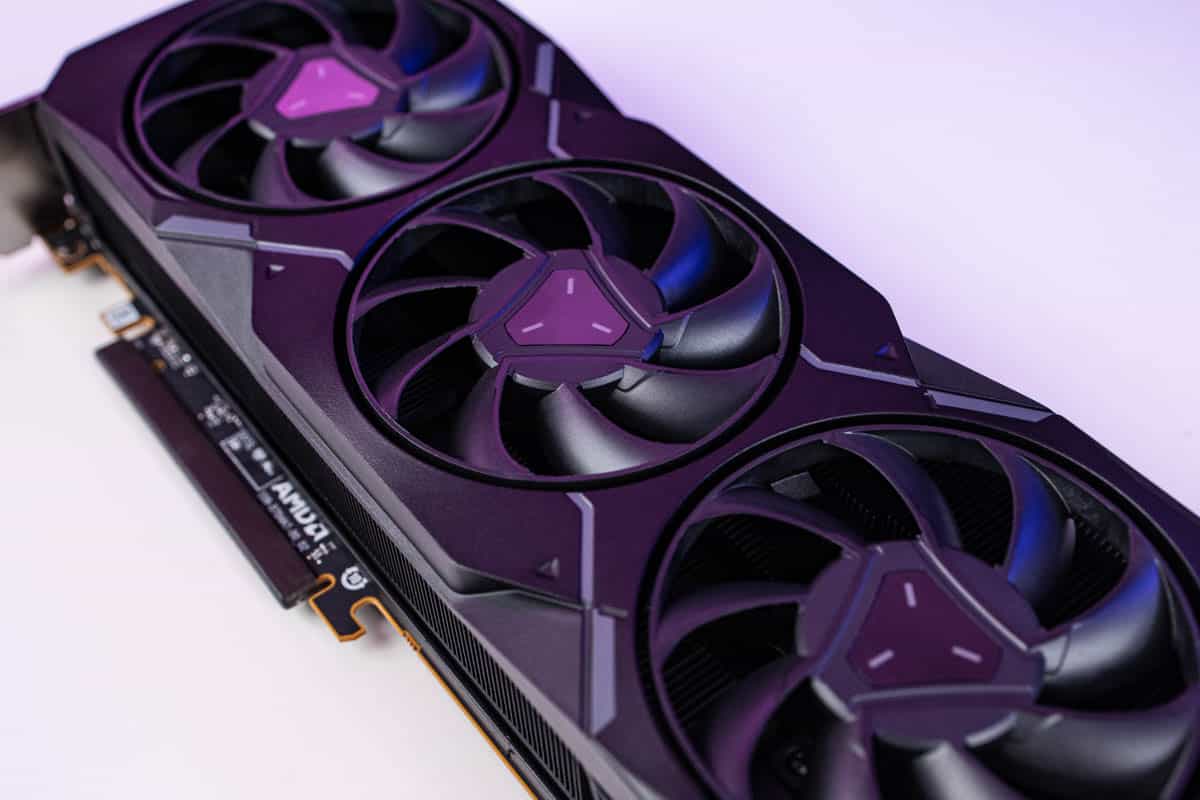See a boost in your VR gameplay with the RX 7900 XT
Updated: Dec 14, 2022 2:52pm

The RX 7900 XT features AMD’s most advanced RDNA 3 architecture, with outstanding rasterization performance. Ray tracing is still a second-rate feature, and while it’s faster than the previous generation, AMD’s GPUs still lag behind Nvidia’s in DXR games. This is even without taking into account the continued popularity of DLSS.
One big deal is the inclusion of DisplayPort 2.1, particularly for VR gamers and those hoping to use the first 8K gaming displays when they become available. For its newer GPUs, Nvidia has gone with DisplayPort 1.4, which is still enough to power modern, high-end monitors like the Samsung Odyssey Neo G8. However, the standard may have some limitations over time.
READ NOW: Follow our RX 7900 XT and XTX stock tracker for the latest updates

Interestingly, AMD has pushed back the RX 7900 XT release date even further. While that’s more than the 450 watts claimed by the RTX 4090, power consumption is substantial. The final design increases the overall power of the board from 300 watts to 315 watts for slightly better performance.
Compute units contain interesting notes. Two ray tracing accelerators and one AI accelerator are provided for each compute unit. Contrary to Nvidia’s approach, which separates AI cores from ray tracing cores, this one is different. Currently, outside of machine learning, there is no obvious application for these AI accelerators.
editorpick
Editors Choice

Save $800
Samsung S95B 65″ QD-OLED TV
Samsung introduces the latest QD-OLED TV technology in the S95B, delivering outstanding color accuracy, brightness and contrast. In addition to these features, the S95B also features
Read more
*Prices are subject to change. WePC is supported by the player. When you buy through links on our site, we may earn an affiliate commission. Find out more
AMD’s MBA GPU models have one USB Type-C display output, two DisplayPort 2.1 outputs, and one HDMI 2.1 connection. While AMD AIB partners can trade this connection for a second DisplayPort port, AMD wanted to give gamers the option to use USB Type-C. Perhaps AMD expects VR headsets to use this type of connection in the future.

After reinstalling this case’s tinted side panel window, AMD’s RX 7900 XT and RX 7900 XTX blend seamlessly, giving your system a neat, tucked-in look. The board is approximately 4.5cm thick from the PCB, plus another 0.5cm for the backplate.
This results in an overall width of 5cm. In orderly diversity, the whole width. When we take a quick look at the slot panel, that would virtually be the end of the round trip (parenthesis). The card is a fantastic choice for VR gaming because it has two DisplayPort 2.1 connectors (up to 8K 165Hz or 4K 480Hz), an HDMI 2.1 jack and a true USB Type-C port.